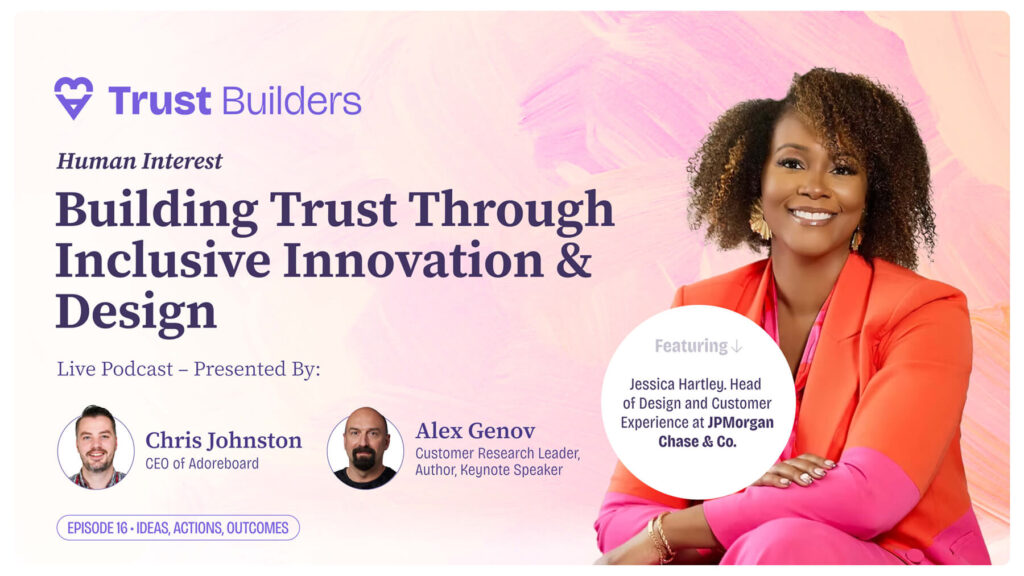If you’re not already familiar with an electrocardiogram or ECG, they’re small adhesive-backed electrodes placed on your chest to record the electrical activity in your heart and identify the root cause of any issues. It’s a standard test used to detect heart problems by producing information on the heart’s activity as visible wavy lines called ‘traces’.
Yet when it comes to an understanding of the health of the relationship of our customers, there is no agreement on a robust measurement to evaluate all aspects of customer experience providing actionable ‘traces’ across the customer journey.
What is the best way to measure Human Experience?
Metrics such as Customer Satisfaction Score (CSAT) and Net Promoter Score (NPS) perform well in understanding what has happened but fail to provide a diagnostic approach that leads to why. Artificial Intelligence (AI) using text analysis techniques can offer new methods, enabling us to bring customers into the process and providing an innovative approach to unearthing insights that can deliver business results. Customer Experience (CX) pros need to understand the role of text analysis as part of the broader toolset of customer journey mapping. Emotion AI is a new approach for measuring ‘Human Experience’, be that a customer, employee, patient etc.
What is customer journey mapping anyway?
“What people desire are not products but satisfying experiences” could have been written by any ‘customer-centric’ guru of the moment today. In fact, this quote dates back to 1955 and economist Lawerence Abbot’s book on product differentiation[1]. (1955, New York: Columbia University Press). Several decades later, in the 1980s, other experiential theorists encouraged a broader view of human behaviour, recognising the importance of emotion in decision making and experience.
Customer journey analysis focuses on how “customers interact with multiple touchpoints, moving from consideration, search, and purchase to post-purchase, consumption, and future engagement or repurchase.[2]”
Research in the area of customer experience suggests three overall stages: pre-purchase, purchase, and post-purchase. In reality, journeys aren’t linear, and they represent a network between these three or more stages. The goal of customer journey analysis is to describe that journey by understanding the customer’s drivers across touchpoints in multiple purchase phases. In summary, journey mapping is to understand the paths a customer may take to complete their goal.
We know that customer experience measurement plays a critical role in making insights actionable. And customer journey analysis should, therefore, understand and map the journey from the customer perspective and needs customer input into the process. These come together in providing a seamless experience across the range of touchpoints. However, what is missing and seems so distinct from the 1980s is the importance of measuring human emotion. With advances in text analysis, Emotion AI makes this possible.
That leads us to the first takeaway: when it comes to customer journey think about the goals that customers are trying to achieve and the decisions that they will make to accomplish these goals.
Emotion and Customer Decision Making
If the customer journey is about completing goals and making decisions, then emotion is the gateway to understanding what these are. Writing in American Scientist, Professor Robert Plutchik set out not only a way to define feelings but also a way of understanding and measuring human emotion. His view is that emotion is a complex chain of “loosely connected events that begin with a stimulus and includes feelings, psychological changes, impulses to action and specific goal-oriented behaviour”.
There have been numerous studies that evidence the link between human emotion and decision making. Decisions serve as the channel which emotions guide us to avoid negative feelings (e.g. Fear) and increase positive feelings (e.g. Joy) even when we lack the understanding of these processes. I’ve written about some of the examples before that evidence the link between emotion and decision making, particularly around people with brain injury.
That leads us to the second takeaway: Emotion drives action and goal-oriented behaviour, the experience that stimulates the emotions of your customers will influence the decisions that they make towards that goal or ‘job to be done’.
How can Emotion AI help?
90% of the world’s data has been created in the last 2 years. A significant proportion of data in the CX world is written feedback. Text analysis can help with the problem of analysing text at scale. Traditional approaches like sentiment analysis classify this feedback into positive, negative and neutral. That doesn’t help answer the question as to why.
Emotion AI has the ability to enhance text analysis and understands emotion intensity. Emotion intensity can measure the specific strength of emotion (low, medium, high) across the customer journey. Plutchik’s Wheel of Emotions[3] describes the journey that humans move from low intensity, such as annoyance to medium intensity, such as anger to high intensity, such as rage. The stronger the emotion, the increased likelihood of an action. Combined with theme analysis, you can then start to create a narrative on the root cause.

Plutchik’s Wheel of Emotions
Customer Journey Mapping using Emotion AI
For CX managers if you’re wondering what to do with all the verbatim you’ve collected then text analysis could help you increase speed to insight. When designing the customer journey mapping tool in Emotics we considered that the best way to understand the journey regardless of time was the ability to quickly group stages together using boolean operators such as “OR”, “AND” and “NOT”. And it’s not rocket science to experiment with all the various terms that could represent each of the customer journey stages.

Customer Journey Mapping & Analysis Tool (Emotics)
The result is that we can then apply Emotion AI on the stages to understand the key themes and the emotions occurring at each stage in the journey. That’s based on 8 Emotional Indexes that Adoreboard’s Emotics platform measures, based on the 24 emotions modelled on Plutchik’s Wheel of Emotion.
That leads us to the third takeaway: Emotion AI can be used to understand points of friction and magic at each stage of the journey, this type of text analysis matches emotional intensity to themes making the insight ‘Decision Ready’.
The Result?
A more accurate and consistent way of measuring the journey that will replace the traditional ‘post-it-notes’ or manual, labour-intensive approaches to analysing the journey. The flexibility of text analysis is that you can revisit any stage to update and refine. AI is used to provide Decision Ready Insights by automatically quantifying the impact of themes at each step as it relates to the overall journey.
Your goal in conducting a customer journey analysis is to remove friction from the experience, and discover the moments that delight. Emotion AI provides and automatically performs a ‘root cause analysis’ to help you understand what these friction points are and highlight areas that are performing well.
There are a number of examples of the business value derived from this approach.Working with a large consumer transportation company in Europe, Emotics was used to mine social conversations to understand the customer journey. It found that customers felt rage and anger about the poor Wi-Fi connections in the company’s fleet, which affected the overall experience more than any other issue. Executives were shocked that the Wi-Fi problem caused such strong negative emotions, so they invested $500,000 to update connectivity. As a result, the number of detractors decreased by 74%, the number of brand advocates increased by 500%, and brand affinity increased by 21 percentage points.
And it’s just not for customer experience, the same approach works for employee experience. As noted by Forrester, for a major insurance company, Emotics was used to discover that as part of the recruitment process, onboarding was having a disproportionate impact on the overall experience generating 64% less Joy and 35% less trust than other areas. Identifying this bottleneck in the process of recruits achieving their goal enabled several decisions to be made that went on to improve the process and reduced the onboarding time of new hires by 20%.
That leads us to the final takeaway: if you are struggling to make sense of the current customer feedback collected BUT do recognise the value of customer journey mapping then drop me a note and I’ll provide three insights on your current journey map as a demonstration of value. — Chris Johnston, CEO, Adoreboard
Error: Contact form not found.
References:
- [1] Abbott, Lawrence (1955), Quality and Competition. New York: Columbia University Press.
- [2] Journal of Marketing: AMA/MSI Special Issue, November 2016 Katherine N. Lemon & Peter C. Verhoef
- [3] Plutchik, Robert (1980), Emotion: Theory, research, and experience: Vol. 1. Theories of emotion, 1, New York: Academic



